When I ask myself why are glass display cases so expensive, the first reason is material quality. High-quality tempered glass is not cheap. It requires strong raw glass and heat treatment. I know tempered glass is safer. If it breaks, it shatters into small pieces, not sharp shards. This safety feature makes it costlier. A standard glass sheet is far cheaper, but it’s unsafe for retail. Glass display cases so expensive because of material quality, production methods, safety glass, and durability.
Table of Contents
ToggleWhy Are Glass Display Cases So Expensive
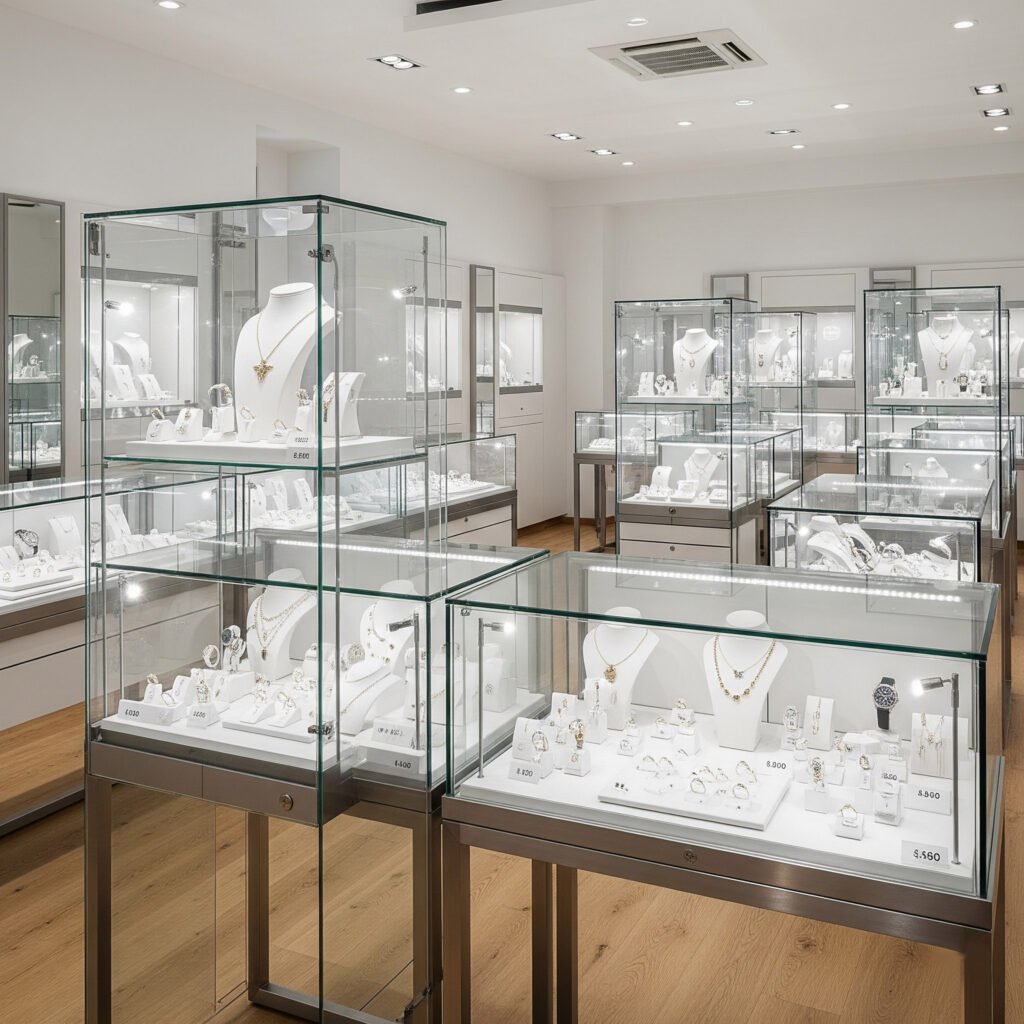
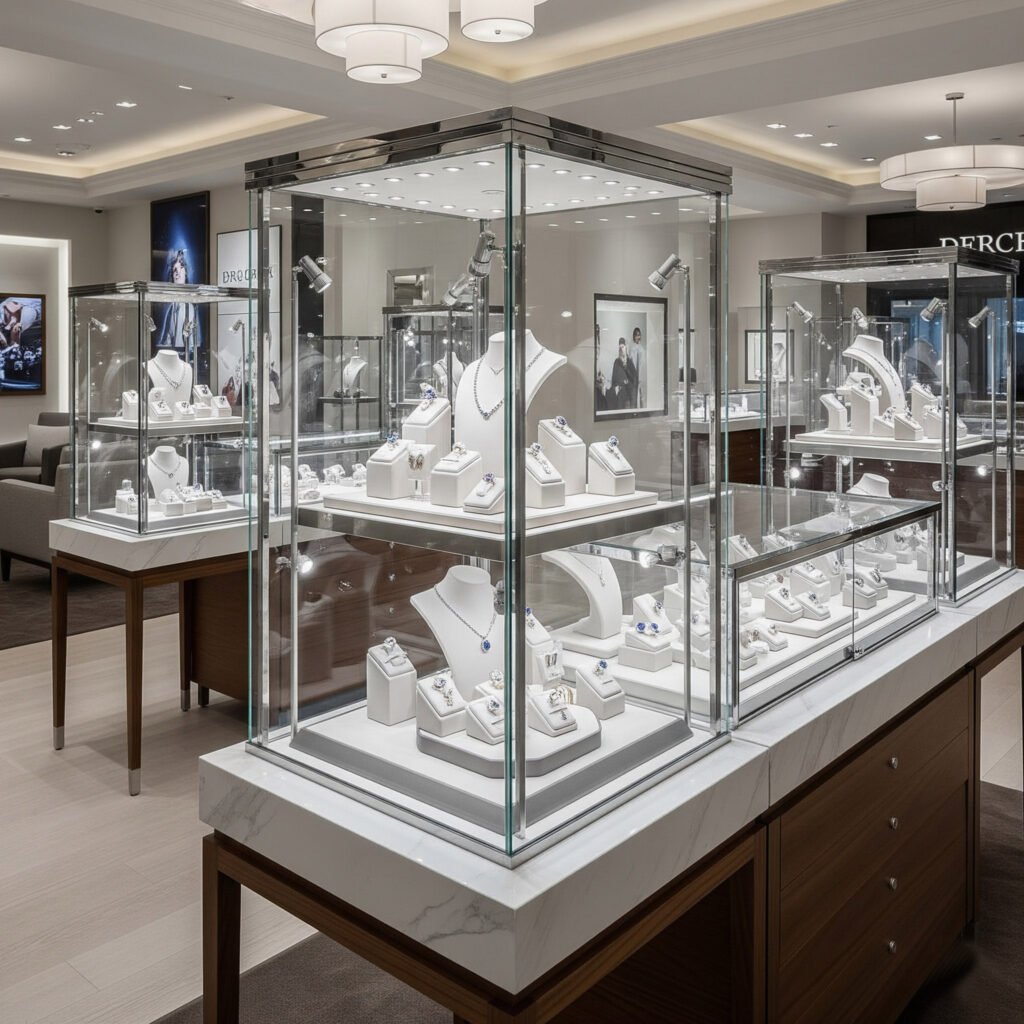
The Influence of Precision Work
Understanding the high price begins with precision. Every glass display case demands accurate measurement and cutting. Even a small mistake creates waste or weakens the product. Skilled workers ensure straight edges, polished corners, and flawless fitting. That expertise does not come cheaply. Each stage of the process requires focus, and mistakes cannot be corrected easily. Unlike mass-produced shelves or plastic units, display cases must meet strict standards.
The Importance of Design Complexity
Beyond simple construction, design choices shape the price. A case often includes doors, locks, or adjustable shelving. Each added feature requires more parts and labor. For example, sliding doors need tracks and rollers, which must align perfectly. Hinged doors demand strong brackets and careful placement. Lighting integration, such as LED strips, requires wiring and hidden channels. These details make the display more functional and attractive.
The Hidden Role of Finishing
Finishing separates high-quality display cases from low-end options. Every surface must be smooth, polished, and free of flaws. Corners cannot show chips. Frames must shine without scratches. Achieving this requires polishing tools, grinding equipment, and protective coatings. Workers spend hours refining the final product before it reaches the buyer. Extra layers of protective sealant add strength, yet they demand more steps. Transitions between raw assembly and final delivery highlight this stage clearly.
The Effect of Scale and Customization
Finally, production scale influences pricing. Large factories producing thousands of cases can spread costs across volume. Smaller batches, however, push unit costs upward. Many buyers prefer unique sizes or custom layouts. A boutique may request a narrow case with special shelving or branded details. Custom work prevents bulk efficiency. Each unit requires separate design, setup, and testing.
That shift from mass production to tailored work increases expenses. Transitioning from standard dimensions to unique orders shows why customization matters. Glass display cases reflect both craftsmanship and individuality, and this balance explains much of the final price.
The Real Cost of Glass
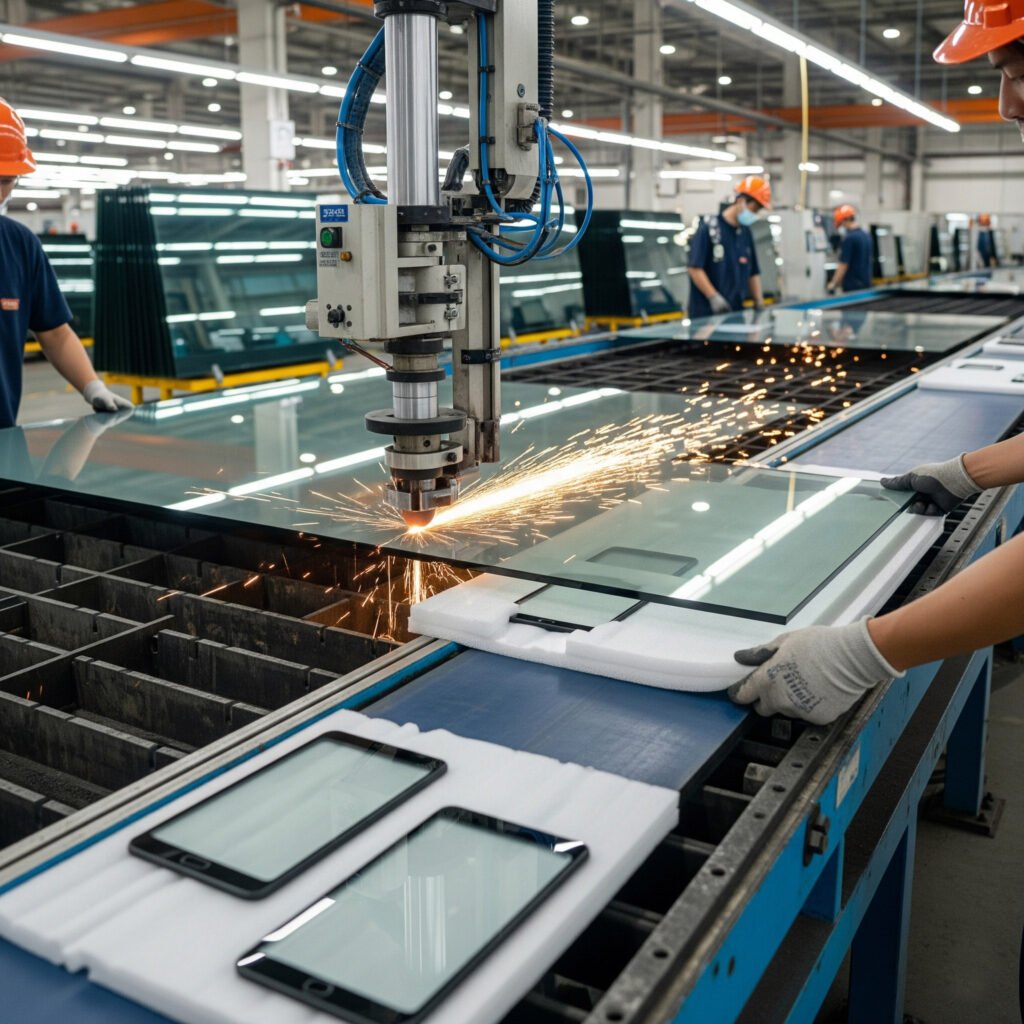
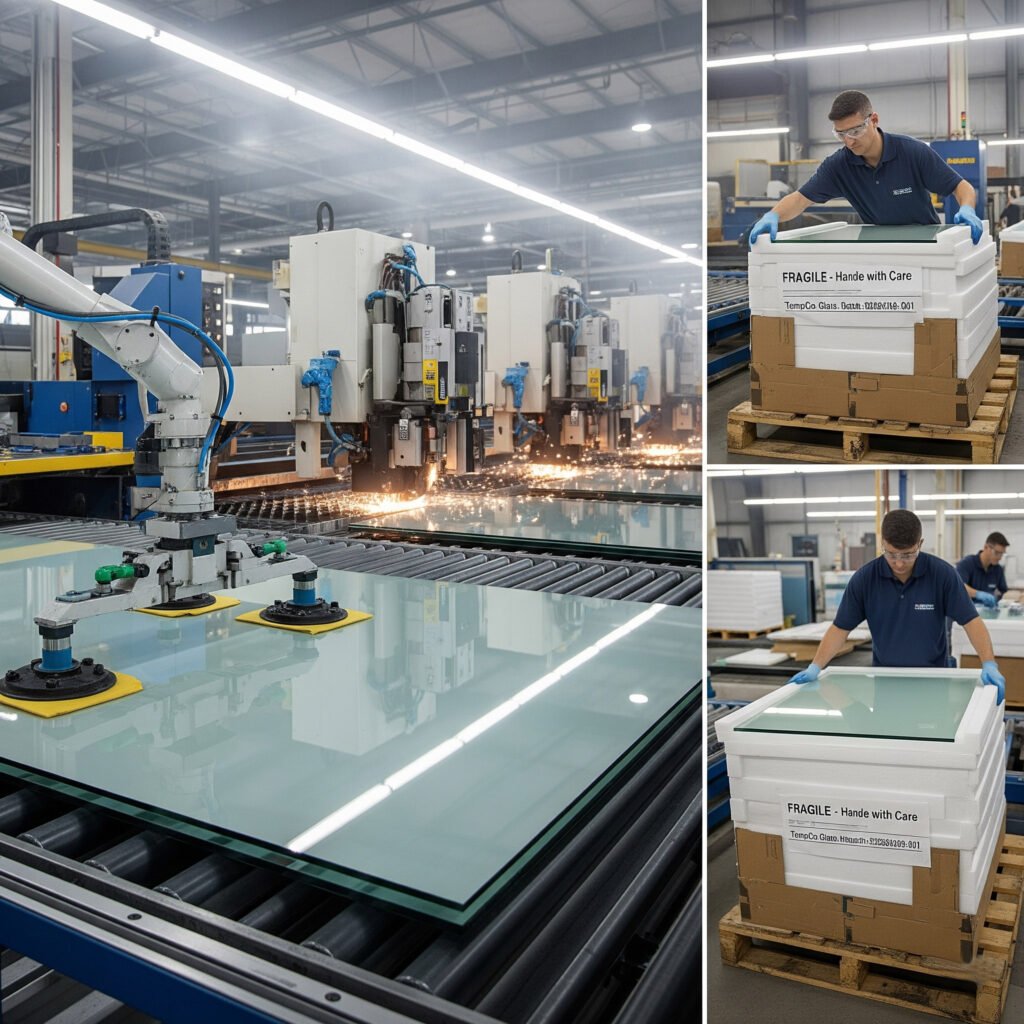
Production Technology
Modern production technology shapes the real cost of glass display cases. High-precision machines cut, polish, and finish glass panels with accuracy. Each step demands reliable equipment, and that equipment requires significant investment. Maintaining these machines is not cheap, and operators need constant training. Skilled technicians ensure smooth operation, and their expertise carries value.
Furthermore, technology enables consistent results. A uniform finish means fewer rejected units, yet the savings do not erase the machine costs. Instead, the balance leans toward higher product value. Buyers may not see the factory floor, but the expense behind every machine impacts the final showcase price.
In addition, upgrades never stop. To stay competitive, factories must adopt new tools. Each upgrade improves efficiency but increases operating budgets. This hidden layer of investment is part of the answer to why glass display cases seem costly. Technology does not just support production; it defines quality and sets standards that justify the price.
Durability and Longevity
Durability explains another major factor in the real cost of glass. Retailers want products that last, not quick replacements. Cases that survive years of daily use need stronger materials and better finishing. This durability does not come free.
Consider how often customers open and close a showcase door. Weak hinges fail quickly, but reinforced hinges extend life. Similarly, ordinary glass scratches under minimal contact, while treated glass resists wear. Such durability requires careful design and additional treatment processes. These choices add cost, yet they reduce long-term replacement expenses for the buyer.
Moreover, longevity is tied to reputation. Manufacturers who deliver short-lived products lose trust. A reliable showcase strengthens confidence between supplier and buyer. That trust is worth investing in. Customers often prefer paying more initially to secure dependable solutions. Therefore, the perception of higher cost is offset by the promise of reliability.
Logistics and Packaging
Shipping glass display cases highlights another part of the real cost. Fragile products demand more than standard packing. Protective materials such as reinforced crates, thick padding, and corner guards prevent damage during transport. Each layer increases costs.
Additionally, freight carriers treat glass as special cargo. Handling fees rise because of weight and fragility. Ocean freight requires custom container arrangements, while air freight demands higher charges per unit. Insurance also becomes mandatory. Without it, losses from damage could destroy profits. Thus, safe arrival is not cheap; it represents a significant portion of the final expense.
Beyond transportation, storage also matters. Warehouses require controlled environments to prevent humidity damage. Storing heavy glass showcases needs reinforced shelving and careful handling equipment. These hidden costs accumulate. Transitioning from production to delivery is a long chain, and each link adds value while raising the total price.
Innovation and Design Complexity
Innovation also plays a decisive role in the real cost of glass. A standard box-shaped case is simpler and cheaper to produce. However, retailers often request stylish, modern designs. Curved glass, multi-layer shelving, or integrated lighting demand advanced skills and tools. Such complexity drives the cost upward.
Design teams spend time refining concepts. They test prototypes, adjust dimensions, and improve usability. Every revision consumes resources. Once approved, the production process requires precision that goes beyond basic assembly. Specialized molds, new cutting techniques, and unique finishing processes all add expense.
Furthermore, innovation never pauses. To remain attractive, manufacturers release fresh designs regularly. Continuous research consumes money, and customers ultimately share that burden. The benefit is clear, though: innovative showcases attract attention, highlight products effectively, and create better shopping experiences. This combination of creativity and technical challenge defines why the real cost of glass goes far beyond raw materials.
The Hidden Value
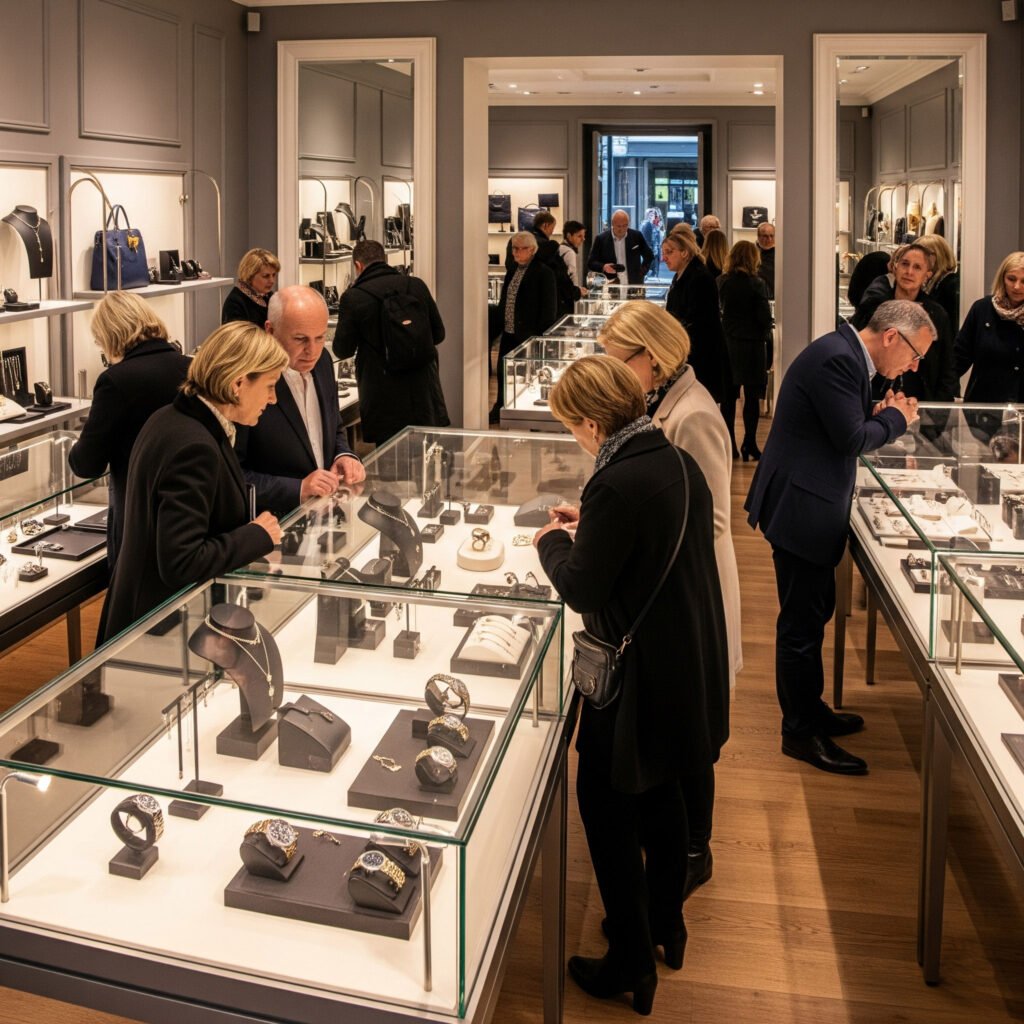
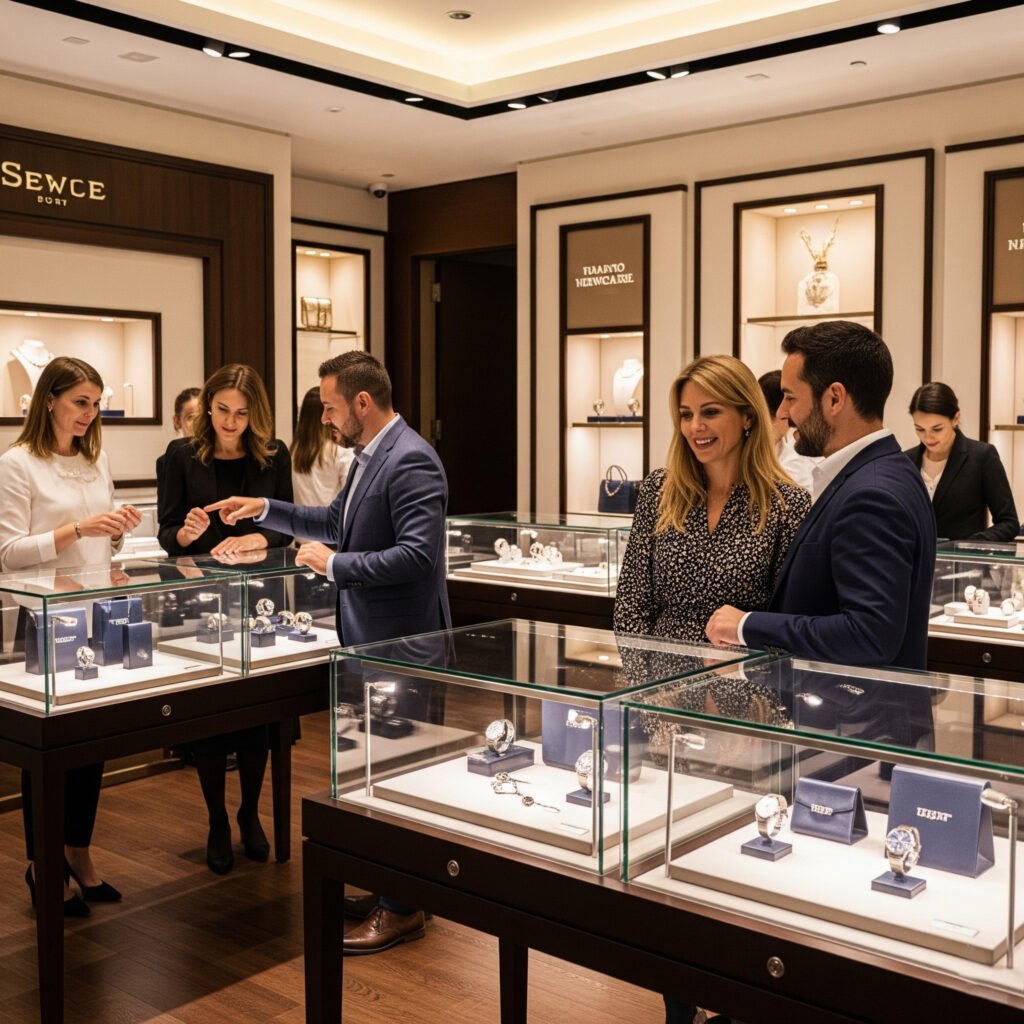
Customer Experience
When people wonder why glass display cases are so expensive, one answer lies in the experience they create. A showcase is not only a container but also a stage. Shoppers view products differently when they see them inside a bright, clean glass case. Their perception shifts from casual interest to serious attention. This effect encourages them to explore, touch, and eventually purchase. Furthermore, glass cases signal professionalism.
They show that a store cares about presentation and detail. Over time, this builds stronger trust between customers and retailers. As a result, the overall shopping journey improves, and that value cannot be measured in simple numbers.
Moreover, customer comfort depends on clarity and visibility. A messy display discourages buyers, while a clear glass case highlights products without distraction. The hidden value is in the atmosphere created. Clients often return to a store where they feel confident and respected. That loyalty brings long-term sales growth. Therefore, the high cost of display cases reflects the invisible impact they deliver every day.
Security and Protection
Another reason why glass display cases are so expensive is the hidden layer of protection. Beyond the obvious look, glass showcases shield merchandise from unnecessary contact, dust, and damage. Jewelry, watches, or collectibles remain in pristine condition inside. The customer sees fresh, undisturbed goods every visit, which strengthens their buying confidence. Preventing small scratches or dirt reduces product loss and preserves value for the retailer.
Equally important, glass showcases act as a silent security system. Locks and reinforced glass reduce the chance of theft. Retailers know that one incident of loss may cost far more than the investment in the showcase itself. Security offers peace of mind. That invisible benefit makes the expense reasonable. In addition, stores with visible protective displays often discourage suspicious behavior before it starts. Thieves avoid difficult targets, leaving the retailer safer and more focused on customers.
Customization Options
The hidden value also appears in customization. Many stores operate with unique layouts. Off-the-shelf racks may not fit perfectly, but custom-built glass cases solve this challenge. Tailored designs allow retailers to maximize floor space and create smoother traffic flow. A well-fitted case reduces wasted space and increases display efficiency. This flexibility adds strong value that generic options cannot deliver.
Customization also reflects a brand’s personality. A boutique may choose special finishes, unique lighting, or unusual dimensions. These details elevate the brand image. Shoppers recognize the effort and feel the store offers something distinctive. The price includes not just the glass and materials but the creative solution. The hidden value lies in how customization enhances branding and customer loyalty. Over years of use, these tailored solutions return more profit than their initial cost.
Long-Term Business Growth
Finally, why are glass display cases so expensive? Because they support business growth in ways not always visible at first glance. A showcase may appear to be a cost, but it is actually an investment. Each display improves product visibility, customer interaction, and sales. As revenue increases, the cost of the case becomes smaller in comparison. The hidden value is in consistent returns.
Additionally, professional displays attract partnerships. Suppliers prefer to place products in well-presented stores. This increases opportunities for exclusive deals and better terms. Over time, strong displays help the store build a reputation in the market. That reputation opens doors to growth, expansion, and wider recognition. Seen from this perspective, the cost of a glass display case becomes a tool for long-term success.
Why Fairwill Display
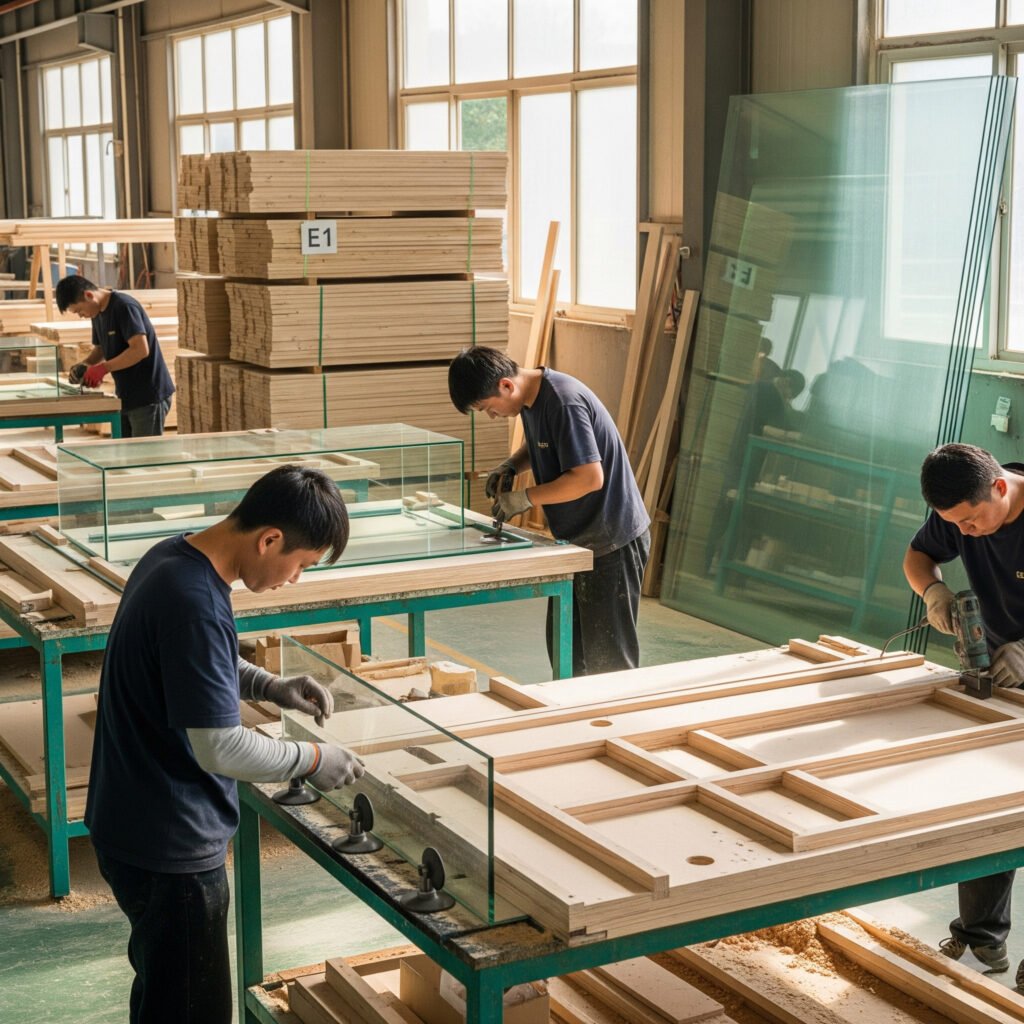
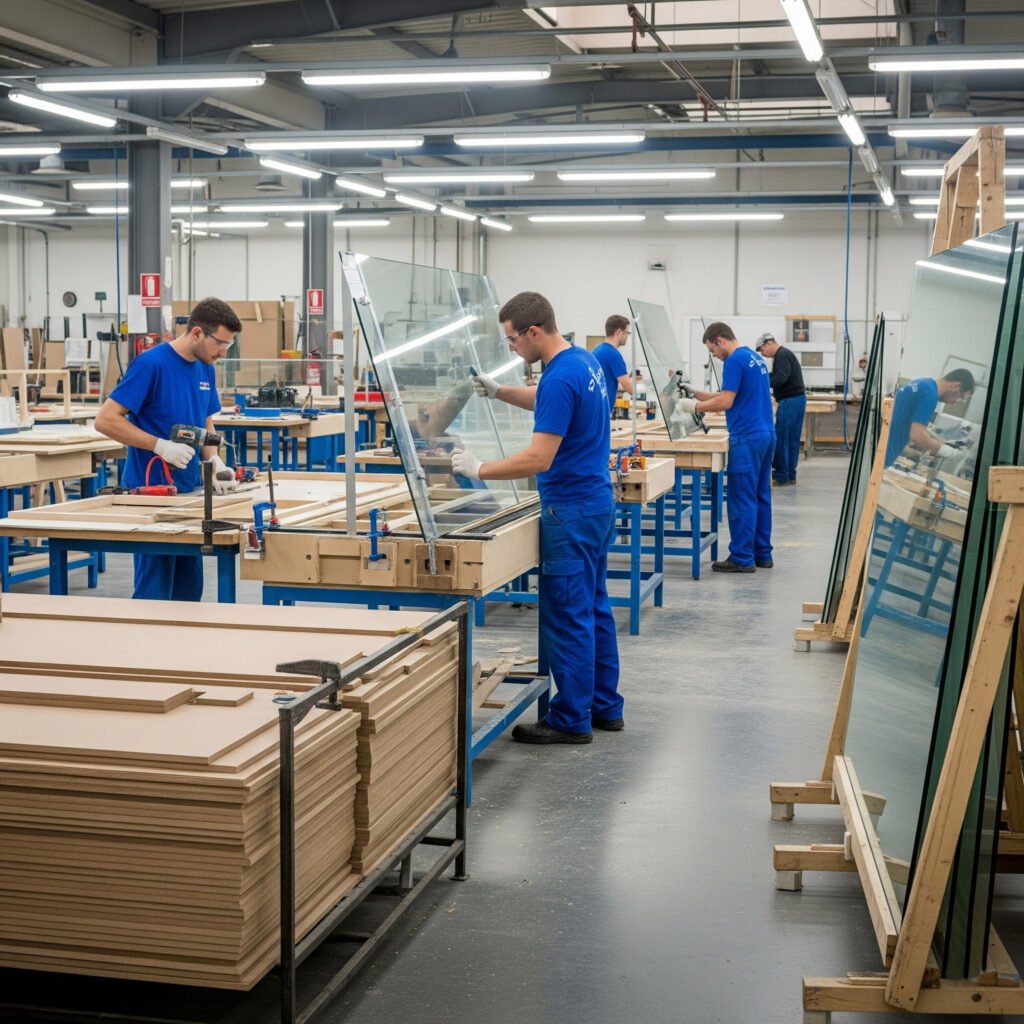
Reliable Quality Without Overpaying
As a buyer, I always look for value. With Fairwill Display, I see real quality at a fair price. The showcases use tempered glass, which feels safe and durable. The boards are E1 grade, so I know they meet strict environmental standards. I do not worry about hidden problems or shortcuts. Instead, I can focus on my business with confidence.
When I compare with other suppliers, I notice that many charge extra for similar quality. Fairwill Display manages to keep prices competitive while maintaining strong standards. That balance makes me feel I am not just saving money in the short term but also protecting my investment long term.
What impresses me most is consistency. Each order matches the promised standard. There are no surprises in finishing or stability. That reliability gives me peace of mind. I know my customers will see strong, professional displays every time.
Professional Guidance at Every Step
Choosing store fixtures can be confusing. Sizes, layouts, and materials all matter. At Fairwill Display, I receive advice that feels practical, not just sales talk. The team explains which showcase design works best for my type of products. They guide me on how to optimize space in my store.
This guidance saves me from costly mistakes. Instead of guessing, I rely on experts who understand both manufacturing and retail use. That professional input helps me avoid wasted purchases and ensures my store looks organized and inviting.
Even after placing an order, I feel supported. When I have questions, the team answers quickly and clearly. They explain how to care for the fixtures and keep them in good condition. This advice reduces maintenance costs and helps me extend the lifespan of my displays.
Direct Factory Advantage
Working directly with a factory feels very different compared to dealing with middlemen. With Fairwill Display, I know where my products come from. There is no unnecessary markup. That means I pay for the product itself, not for layers of distribution.
The factory setup also gives me flexibility. If I need a special design or modification, it is easier to discuss directly with the production team. I get solutions tailored to my needs, not generic answers. That direct line builds trust because I see the expertise behind the product.
Volume orders are another advantage. Because Fairwill Display produces in-house, they can handle larger orders without delay. This matters to me as a wholesaler because timing and consistency are key. I can plan my business better when I know sthe upply will not fail.
Long-Term Partnership Benefits
For me, the most valuable part of working with Fairwill Display is the long-term relationship. I am not just buying showcases; I am building a partnership. Each order strengthens trust. Over time, the cooperation becomes smoother and more efficient.
I also appreciate that they understand international business. Shipping to the USA, Sweden, or Australia is managed with care. The packaging protects fragile items, and the logistics support keeps me updated. That global experience reduces my risk as an overseas buyer.
Most importantly, I feel respected as a customer. Fairwill Display listens to my needs and treats my business seriously. They provide not only products but also a sense of security. That level of care makes me willing to send inquiries and explore new projects with them.
